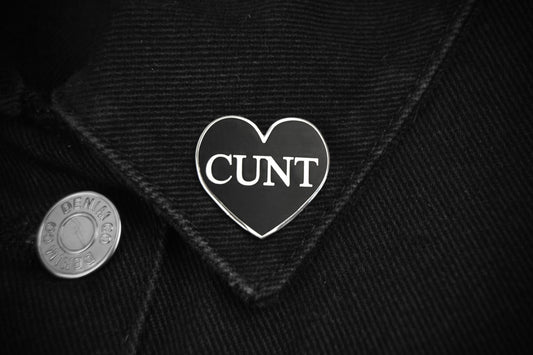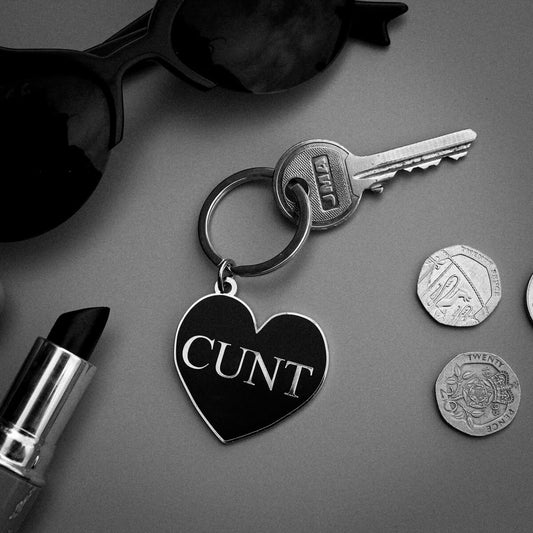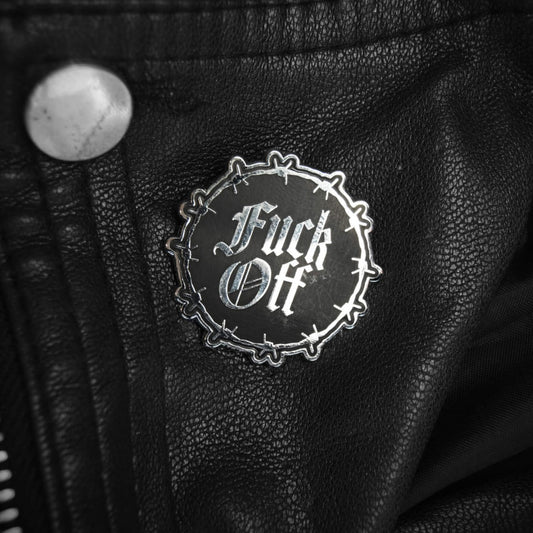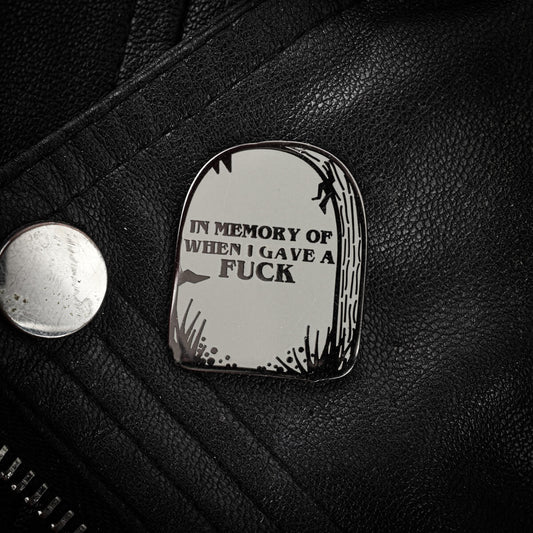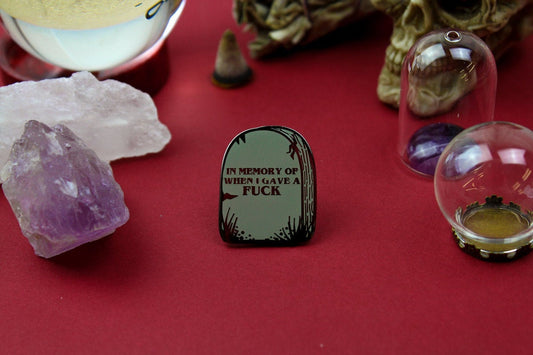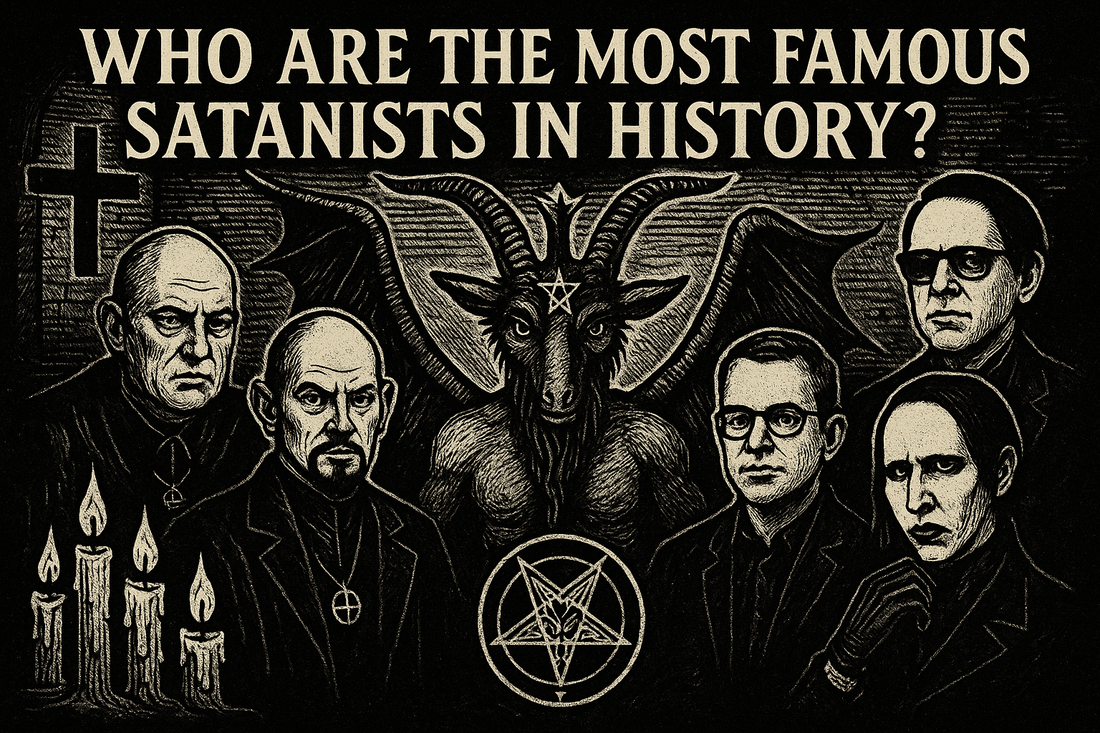
Who Are the Most Famous Satanists in History?
Share
Most people think of Satanists as shadowy figures plotting in secret. The truth? The history of Satanism is full of philosophers, showmen, rebels, and even people who had the label forced on them without cause. Some wore the title proudly. Others spent their lives denying it.
Over the centuries, many people have been called Satanists. Most weren’t. In medieval Europe, entire groups like the Knights Templar were branded as devil-worshippers for political reasons. During the witch hunts, thousands of innocent people were accused of Satanic practices - none with credible evidence. Even modern artists and writers have been accused just for pushing boundaries or challenging social norms.
But real Satanists have existed. Some have shaped religious thought. Others have built organisations that still exist today. A few became famous (or infamous) for mixing Satanic themes into art, politics, and social activism. Anton LaVey created the Church of Satan and brought atheistic Satanism into public view. Michael Aquino split from LaVey and created a more mystical path. Lucien Greaves co-founded The Satanic Temple, making headlines for fighting religious privilege in government.
Then there are the cultural figures - people like Aleister Crowley and Marilyn Manson - who became lightning rods for controversy. Some embraced the attention. Others simply used Satanic imagery to challenge authority or provoke thought.
We’ll try to break down the most famous figures linked to Satanism for you below. Some of these people were genuine believers. Some were victims of smear campaigns. And some became icons by accident.
Self-Identified Satanists
Not everyone accused of Satanism has actually claimed the title. But a few key figures openly embraced the identity and shaped the movement in ways that still influence it today.
Anton LaVey (1930–1997)
Anton LaVey is probably the first name that comes to mind when people think of modern Satanism. In 1966, he founded the Church of Satan in San Francisco. Two years later, he published The Satanic Bible, which laid out the philosophy of LaVeyan Satanism.
LaVey didn’t believe in Satan as a real being. Instead, Satan was a symbol of personal freedom, self-indulgence, and rebellion against social norms. He encouraged rational self-interest, scepticism, and theatrical rituals meant to help people focus their willpower.
LaVey’s bold public persona - black clothes, shaved head, and a knack for media attention - made him a counterculture icon. To some, he was a philosopher. To others, a provocateur. His ideas continue to shape atheistic Satanism today.
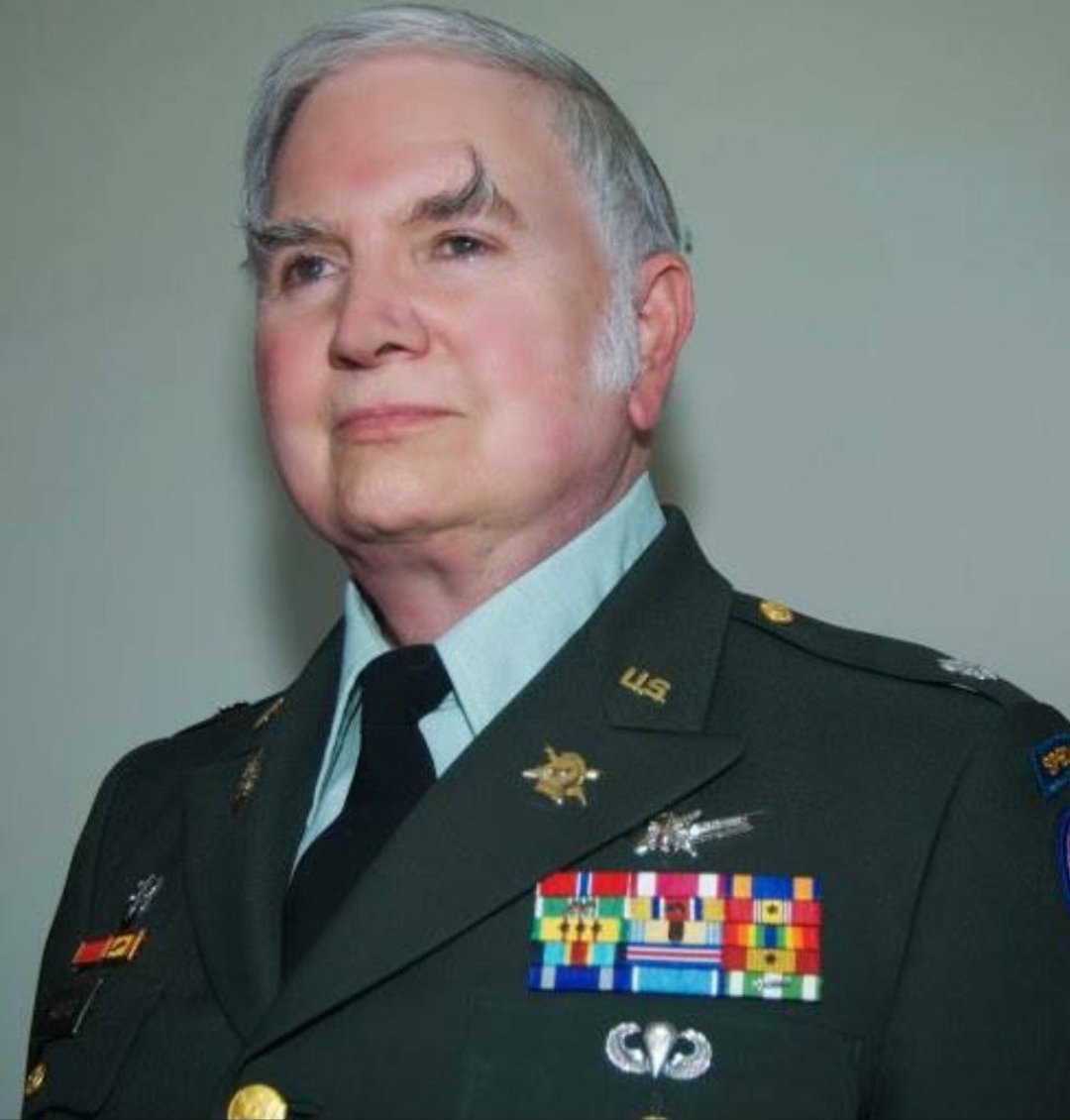
By U.S. Army - Department of Defense, Public Domain, Link
Michael Aquino (1946–2019)
Michael Aquino started out in LaVey’s Church of Satan but soon broke away. In 1975, he founded the Temple of Set after disagreements with LaVey over philosophy and leadership style.
Aquino introduced a more spiritual approach. Instead of using Satan as a symbol, the Temple of Set focused on Set, an ancient Egyptian deity. Followers practised what they called “self-deification,” a path toward personal transformation and wisdom.
Aquino, a former U.S. Army officer and psychological operations expert, gave the Temple an academic tone. His writings mixed philosophy, occult studies, and comparative religion. While the Temple remained smaller than the Church of Satan, it attracted serious spiritual seekers.

By Mark Schierbecker - Own work, CC BY-SA 4.0, Link
Lucien Greaves (b. 1976)
Lucien Greaves is the public face and co-founder of The Satanic Temple (TST), established in 2013. Unlike LaVey and Aquino, Greaves’ approach blends philosophy with political activism.
TST doesn’t promote belief in supernatural beings. It uses Satanic imagery to defend pluralism, secularism, and civil rights. The group has staged headline-grabbing campaigns: challenging Ten Commandments monuments on public property, defending reproductive rights, and standing up for freedom of speech.
Greaves, with his calm media presence and sharp critiques of religious privilege, has helped reposition Satanism in the public eye. To supporters, he’s a free speech champion. To critics, he’s a troublemaker. Either way, he’s become one of the most recognisable Satanic figures of the 21st century.
Cultural Figures Associated with Satanism (Rightly or Wrongly)
Not everyone linked to Satanism actually called themselves Satanists. Some were labelled that way by religious groups, the media, or outraged critics. Others leaned into the reputation to make a statement - or to sell records.

By Unknown author - various sources, highest quality incarnation obtained from Facebook, Public Domain, Link
Aleister Crowley (1875–1947)
British occultist Aleister Crowley never identified as a Satanist, but for many, he became the embodiment of one. He called himself "The Great Beast 666," openly mocked Christianity, and developed his own religious philosophy called Thelema, which promoted self-will and spiritual exploration.
Crowley’s writings mixed ceremonial magic, Eastern philosophy, and Western occultism. While his work had little to do with Satanism directly, Christian groups and tabloid writers branded him as a Satanist. This reputation stuck, even though he focused more on mysticism and magic than on any devil-worship.
His influence on later Satanic and occult groups is undeniable. Both LaVeyan Satanists and Luciferians have drawn from Crowley’s ideas about personal power and breaking free from religious dogma.

By H. Biberstein - Sade - L’Œuvre, éd. Apollinaire, 1909, Internet Archive identifier: loeuvredumarquis00sadeuoft, Public Domain, Link
Marquis de Sade (1740–1814)
Donatien Alphonse François, better known as the Marquis de Sade, was a French nobleman, writer, and philosopher. He openly rejected religious morality and celebrated human desires, no matter how taboo.
His name gave rise to the term sadism. His writings often featured blasphemy, cruelty, and anti-religious themes. Though not a Satanist in any formal sense, later thinkers and artists connected him to the rebellious spirit often linked with Satanic philosophy.
To his supporters, de Sade was a radical voice for personal freedom and the exploration of human nature. To his critics, he was a monster. Either way, he became a symbol of defiance against religious and social authority.

By Patrick Whitaker - https://www.flickr.com/photos/126633105@N02/14982651719, CC BY-SA 2.0, Link
Marilyn Manson (b. 1969)
Marilyn Manson - born Brian Warner - rose to fame in the 1990s as a shock rocker. His use of Satanic and anti-Christian imagery earned him massive media backlash. Many conservative groups accused him of promoting Satanism and corrupting youth.
While Manson has expressed admiration for Anton LaVey and was even given an honorary priesthood in the Church of Satan, he has mostly used Satanic themes for artistic effect and social commentary. His public persona mixes horror, glam, and social critique. Manson has repeatedly said that his goal is to provoke thought and challenge hypocrisy, not promote literal Satan worship.
In recent years, however, Manson’s career has been overshadowed by multiple accusations of sexual abuse, coercion, and assault by former partners and collaborators. These allegations have led to lawsuits, investigations, and a major fall from grace. Some former supporters have distanced themselves from him, while he continues to deny the accusations.
Despite this, his influence on the public image of Satanic aesthetics and shock culture remains significant.
Historical Figures Wrongly Accused of Satanism
History is full of people and groups accused of Satanism - not because they worshipped the devil, but because they became threats to powerful institutions or clashed with religious authorities. Many of these accusations were used to justify persecution, torture, and execution.

By Émile Bayard - [1], Public Domain, Link
Gilles de Rais (1405–1440)
Gilles de Rais was a French nobleman, soldier, and companion-in-arms to Joan of Arc. After his military career, he was arrested and tried for murder, heresy, and alleged Satanic rituals.
According to his accusers, he had killed dozens (or even hundreds) of children as part of occult sacrifices. However, modern historians debate how much of this was true. Some argue the charges were exaggerated or fabricated by political and religious authorities eager to seize his lands and wealth.
Whether guilty or a victim of a medieval smear campaign, de Rais became one of Europe’s most infamous alleged Satanists.

By Unknown Author - https://unr.dgicloud.com/islandora/object/spphotoscollection%3A6197, Public Domain, Link
Knights Templar
The Knights Templar, a medieval Christian military order, were once heroes of the Crusades. But by the early 1300s, they had grown wealthy and powerful - too powerful for King Philip IV of France.
In 1307, Philip ordered their arrest. Under torture, some Templars "confessed" to worshipping a demonic figure named Baphomet and engaging in Satanic or blasphemous rituals. Historians today believe these confessions were forced and false.
The order was disbanded, and many Templars were executed. The accusations helped fuel centuries of myths linking the Templars to Satanism and secret occult knowledge.

By Albrecht Dürer - This file was donated to Wikimedia Commons as part of a project by the Metropolitan Museum of Art. See the Image and Data Resources Open Access Policy, CC0, Link
Witches and Heretics (15th–18th Centuries)
Between the 15th and 18th centuries, tens of thousands of people across Europe and colonial America were accused of witchcraft and Satanic practices. Most were women. Others were religious minorities or simply outcasts.
Authorities claimed these individuals had made pacts with Satan, attended "black sabbaths," and used magic to harm others. In reality, many practised folk healing, herbalism, or no magic at all. The witch hunts were driven by fear, religious extremism, and social tensions.
No credible evidence has ever shown that organised Satan-worshipping groups existed among these accused witches and heretics.
Modern Pop Culture Figures
In the 20th and 21st centuries, Satanic imagery became a common feature in music, fashion, film, and art. Many artists used it to shock, provoke, or make statements about freedom and rebellion. This led to a new wave of accusations - often from religious groups and conservative media - that these figures were promoting Satanism, even when they had no actual connection to Satanic beliefs or organisations.

By Tony Barnard, Los Angeles Times - https://digital.library.ucla.edu/catalog/ark:/21198/zz0002pss4, CC BY 4.0, Link
Heavy Metal and Rock Musicians
Bands like Black Sabbath, Slayer, and Iron Maiden regularly used occult and Satanic symbols in their album art and performances. While critics accused them of promoting Satanism, most members said they used the imagery for theatrical purposes or social commentary.
Ozzy Osbourne, for example, became notorious for dark lyrics and onstage antics but has repeatedly stated he has no Satanic beliefs.
Venom and the Birth of Black Metal
The British band Venom is often credited with inventing the term black metal, and their 1982 album of the same name openly embraced Satanic themes - though mostly for shock value. Their influence spread across Europe and inspired the Norwegian black metal scene, where some bands took Satanic themes more seriously.
A few Norwegian musicians later committed violent crimes, including church burnings and murder. However, these actions were not representative of the wider metal community, which largely rejects violence.
Hip-Hop and Pop Artists
Even outside of rock and metal, Satanic accusations continue. Artists like Lil Nas X (notably for his "Montero (Call Me By Your Name)" video featuring devil imagery), Kanye West, and Jay-Z have all faced claims of promoting Satanic or occult messages.
In most cases, these accusations are based on symbolic imagery or conspiracy theories rather than any stated belief or affiliation.
Shock Value and Artistic Freedom
For many pop culture figures, Satanic imagery is a tool. It challenges authority, questions social norms, or simply grabs attention. This tradition traces back to the Romantic poets and continues today in various art forms.
Most of these figures are not Satanists in any religious sense. They use symbols to create discussion - or controversy.
The history of Satanism - and those accused or associated with it - is a mix of fact, fiction, and cultural fear. Some figures proudly identified as Satanists and helped shape modern Satanic philosophy. Anton LaVey built the Church of Satan into a visible, organised movement. Michael Aquino took those ideas in a spiritual direction. Lucien Greaves turned Satanism into a tool for political activism and defending civil liberties.
Others became linked to Satanism not by choice but by public perception. Aleister Crowley, the Marquis de Sade, and Marilyn Manson either used Satanic themes to provoke or were labelled Satanists by people who misunderstood (or deliberately distorted) their work.
History also shows how accusations of Satanism have been weaponised. Medieval nobles, crusading knights, and ordinary people accused of witchcraft often became targets in religious and political power struggles. In most cases, there was no evidence of actual Satanic belief or practice.
Today, Satanism remains a complex mix of philosophy, religion, art, and activism. Some embrace it as a serious path of personal development. Others use its imagery to challenge outdated ideas or to provoke thought.
Understanding who the famous Satanists really were - and who was only painted as one - requires cutting through myths, moral panics, and media sensationalism. As with any belief system or cultural movement, the real story is far more complicated than the headlines suggest.
